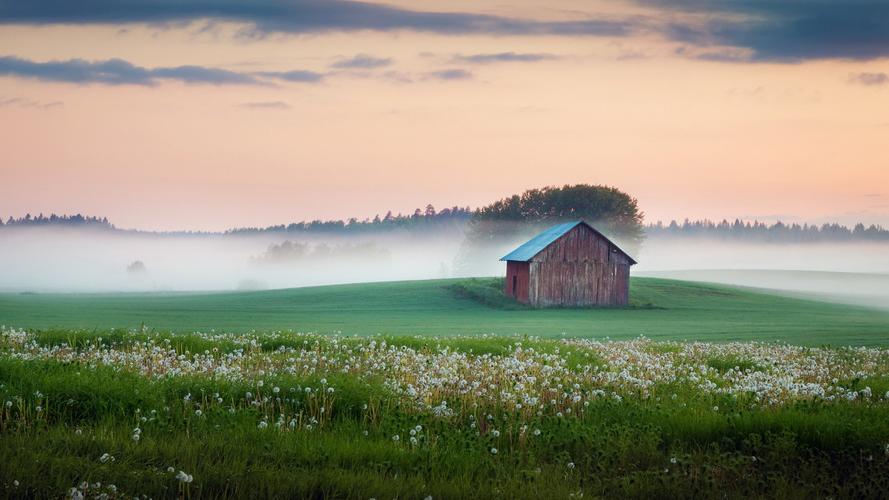Backpacking offers an immersive experience of nature and adventure, but it also requires preparation and knowledge of the terrain. One such challenging backpacking destination is the Maroon Bells in Colorado. Here is everything you need to know before backpacking the Maroon Bells.
Location and Terrain
The Maroon Bells are a range of peaks located in the Elk Mountains, southwest of Aspen. The main peaks are Maroon Peak and North Maroon Peak, both towering above 14,000 feet. The terrain is rugged, with steep slopes, loose rocks, and narrow ridges. The trails are well-marked but have a moderate to strenuous rating, with elevation gains of up to 4,000 feet.
Permits and Regulations
Backpacking in the Maroon Bells requires a permit, which can be obtained from the White River National Forest website or in person at the Maroon Snowmass Wilderness Ranger Station in Aspen. The permit costs $10 per person per night, and there is a limit of ten people per group and fourteen consecutive nights. The permits are issued on a first-come, first-served basis, so it’s recommended to reserve them in advance, especially in peak season (July to September).
There are also several regulations that backpackers should follow, such as camping only in designated campsites, packing out all trash and food waste, and using bear canisters to store food. The Maroon Bells Wilderness is home to black bears, so it’s important to take bear safety precautions, such as cooking away from the sleeping area, storing food in bear-resistant containers, and carrying bear spray.
Weather and Seasons
The Maroon Bells have a high alpine climate, with cold temperatures, strong winds, and sudden thunderstorms. The best time to backpack is from late June to early October, when the trails are dry and the weather is mild, but even then, hikers should be prepared for unexpected weather changes and carry adequate gear, such as rain jackets, warm layers, and sturdy boots.
Wildlife and Flora
The Maroon Bells Wilderness is known for its diverse wildlife and flora, including black bears, deer, elk, bighorn sheep, and various bird species. Backpackers should admire the wildlife from a safe distance and avoid feeding or approaching them. The flora includes meadows of wildflowers, aspen groves, and forests of spruce and fir. Hikers should also respect the natural vegetation and avoid walking off-trail or trampling fragile plants.
Conclusion
Backpacking the Maroon Bells offers a unique opportunity to explore one of the most scenic and challenging destinations in Colorado. However, it also requires preparation, permits, and adherence to regulations and safety precautions. By following these guidelines and respecting the environment and wildlife, backpackers can fully enjoy the beauty and adventure of the Maroon Bells.
(Note: Do you have knowledge or insights to share? Unlock new opportunities and expand your reach by joining our authors team. Click Registration to join us and share your expertise with our readers.)
Speech tips:
Please note that any statements involving politics will not be approved.
